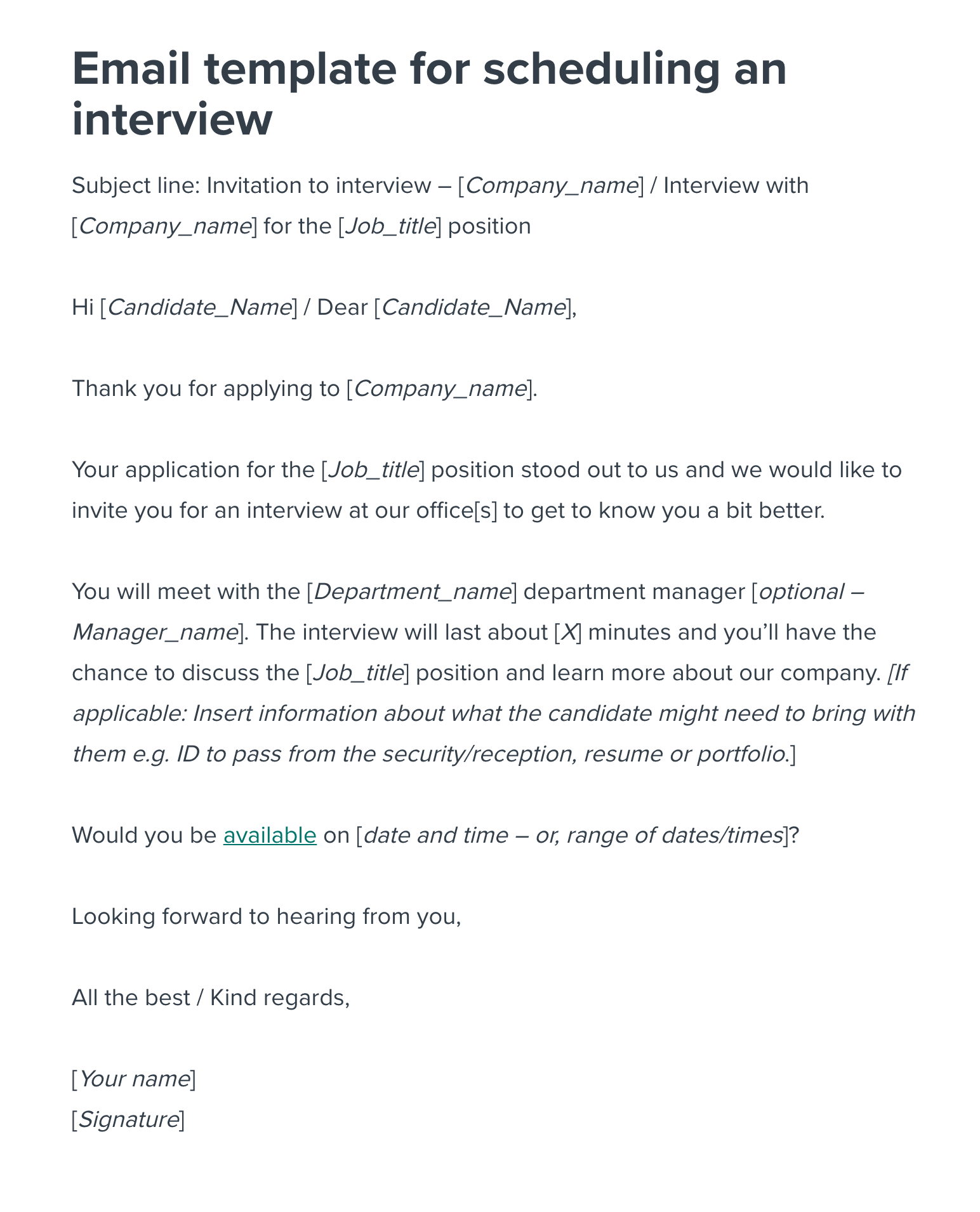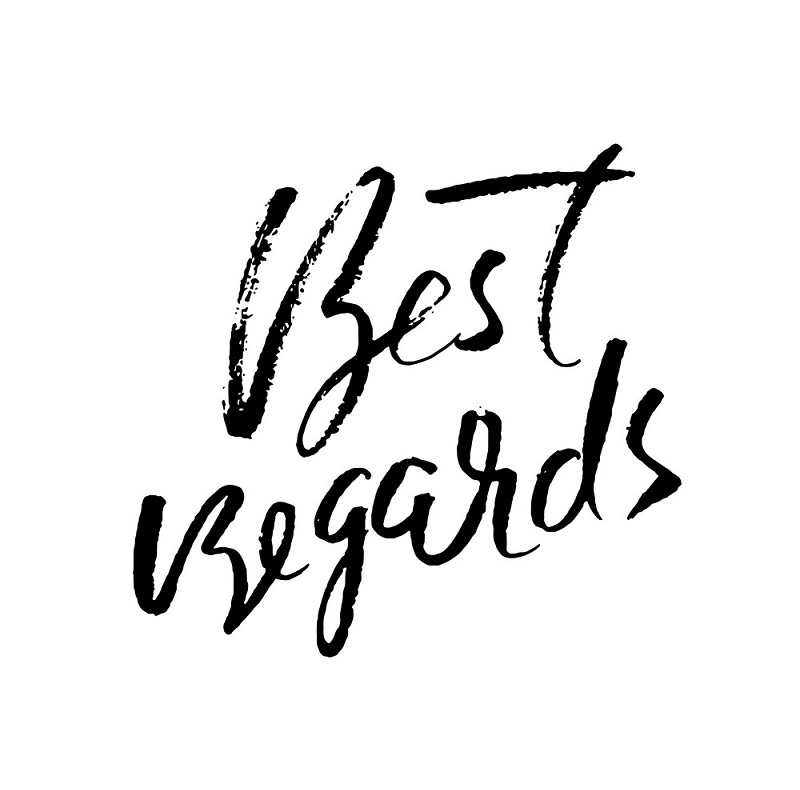
- #THANK YOU AND BEST REGARDS SIGNATURE HOW TO#
- #THANK YOU AND BEST REGARDS SIGNATURE FULL#
- #THANK YOU AND BEST REGARDS SIGNATURE PROFESSIONAL#
Rumour has it that the big guns on Wall Street favour the Cher approach. We took a closer look at the many ways you can sign off an email, and asked a few experts for their thoughts:
#THANK YOU AND BEST REGARDS SIGNATURE FULL#
Do you go trad with yours faithfully? Be BFFs with a cheers buddy? Submissive with a thank you and let me know if there’s anything else I can do? Or full diva and sign off with just your first name, like Cher would?
#THANK YOU AND BEST REGARDS SIGNATURE HOW TO#
It, therefore, is not likely to be used in proper sentences as it may not sit in well with a sentence, except if a sentence specifically talks about the phrase like being discussed throughout this article.It might seem simple enough, but much like a scarf you throw on as you leave the house, your email and in particular the way you sign it off, often makes the first and therefore the most lasting impression.īut how to play it? With smart phones giving us email-on-the-go and text-speak infiltrating our everyday language it’s hard to know. The expression “Kind regards” is a pure email phrase.
#THANK YOU AND BEST REGARDS SIGNATURE PROFESSIONAL#
The expression “Warm regards” is usually reserved for family and close friends and must not be used in business or professional correspondences.

That said, it’s also the least formal of the three or signals a greater level of familiarity between the email sender and recipient. “Warm regards” is another phrase that can be used in lieu of the above two.
When the other person speaks a lot casually over email. When interacting with prospects you have engaged in two-sided, regular conversation with. When communicating with vendors you have associated with for months (at least 3 months). The following are scenarios in which you may use “Best regards” as a sign-off: “Best regards”, however, is a bit less formal compared to “Kind regards”. In most situations, particularly in business correspondences, “Kind regards” and “Best regards” are interchangeably used. Difference Between “Kind Regards” And “Best Regards” In other words, there are instances when people have used “All the best,” and “Kind regards” in the same email message as they forgot the latter was already a part of their email signature. Because if you do use it without genuine intent, you may end up using two signoffs instead. Make sure you mean the signoff message you use and not just use it for the sake of it. If their signature has a more formal tone or uses the “Kind regards” phrase, err toward the same, since that would align well with the sentiment and tone the associate had used. For example, if they signed their email message with the phrase “Best regards”, use the same phrase in your send-off or a substitute like “Best wishes”. When you’re not sure which greeting phrase or word to go with, opt for the level of formality apparent in the tone of your business associate or the other individual party to the email. Since “Regards” is less formal compared to “Sincerely”, using the former is ideal in less formal emails. Using “Regards”, for instance, when closing an email denotes you respect the recipient but aren’t very close to the person. Informal: Kind regards Regards Best regards. Semi-formal: With kindest regards With best regards Warmest regards. If you’re not sure which phrase to use when or in what kinds of email messages, here is a general thumb rule: Words Of Greeting And Usage Scenarios – A General Rule For example, “With deep sympathy” is a sign-off used when the email message is poignant in general or ends on a sad note. Here are a few more acceptable one-word alternatives to “Kind regards”:Ĭertain phrases, however, must be used in specific scenarios and not as default. For example, signing off with words such as “Thanks” and “Cheers” could come across as lazy and not from the heart. Single-word greetings are also acceptable as alternatives, but they are a bit too generic and could also be perceived as not very sincere. However, truncating the expression may also come across as “cold” or not very friendly. If you drop the word “Kind” and just use “regards”, it signifies you’ve built a closer relationship and strong rapport with the recipient. When you are not sure which signoff to go with. When interacting with an acquaintance or your friend or colleague’s friend.  When the communication with prospects is in its early stages. The following are scenarios in which “Kind regards” can be used:
When the communication with prospects is in its early stages. The following are scenarios in which “Kind regards” can be used: 
In business communications, “Kind regards” is an appropriate and professional way to finish an email. It still conveys respect but implies less of a bond. “Kind regards” is a greeting or signoff reserved for outreach, introductory, or exploratory emails. To ensure such blunders don’t happen and cause embarrassment, set up the auto-correct feature in your email program. For example, “Kind regards” is commonly mistyped as “Kind retards”. Another likely issue with using formal greetings in an email is typos.







 0 kommentar(er)
0 kommentar(er)
